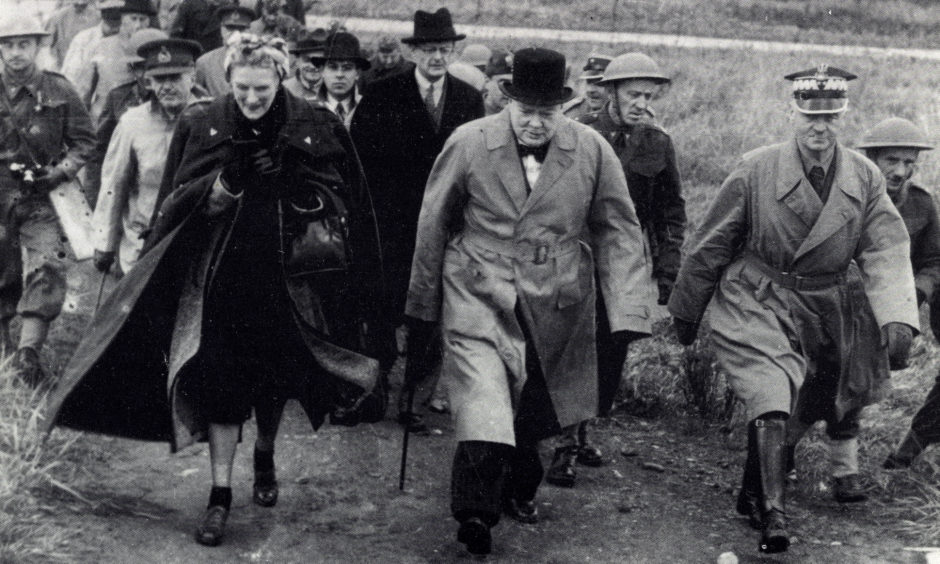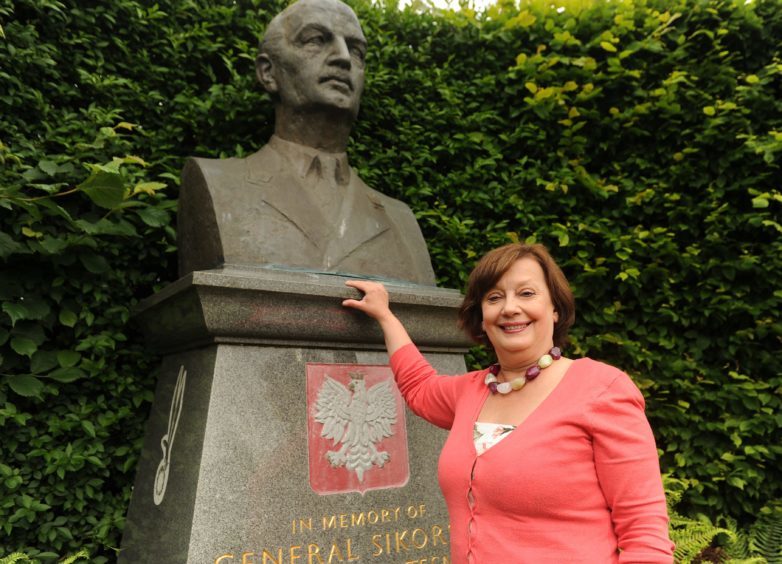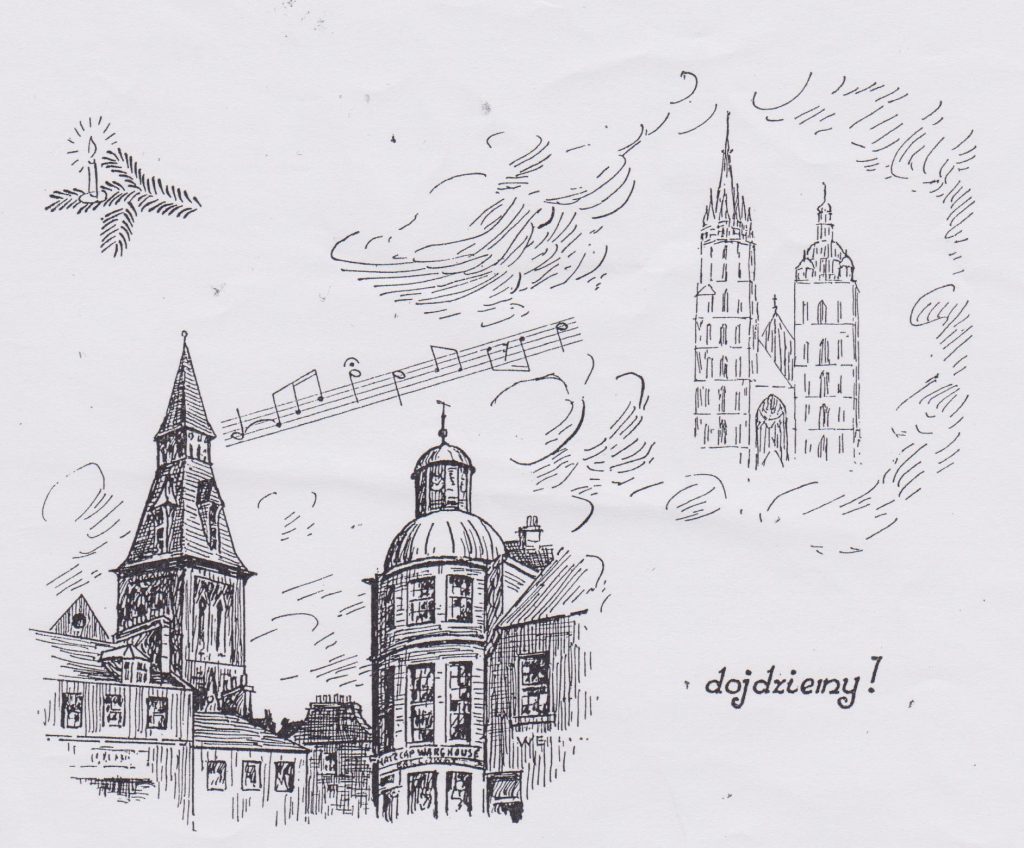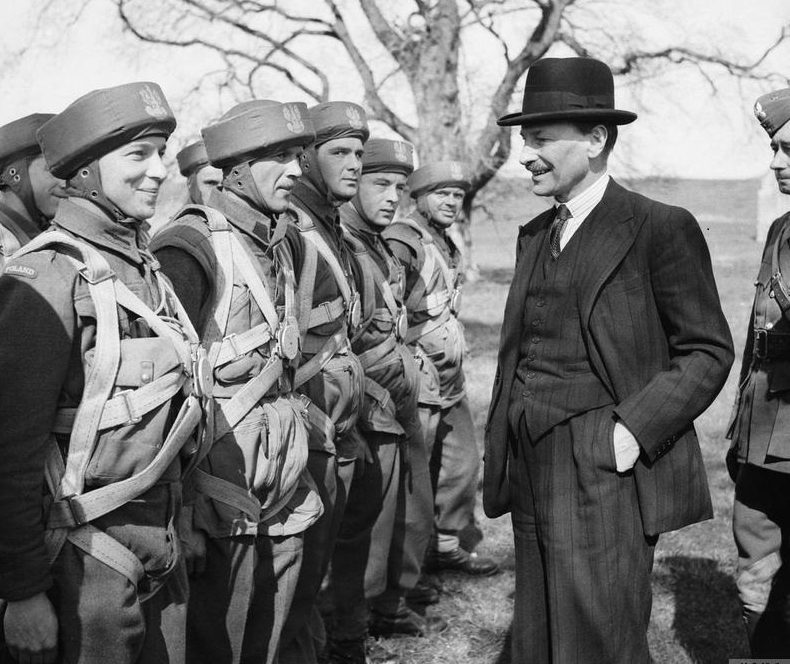Eighty years after Nazi aggression led to the outbreak of the Second World War, Michael Alexander looks at the indelible links between Poland and Scotland that were strengthened during the devastating conflict and its aftermath.
When the opening shots of the Second World War were fired on September 1, 1939, it was Polish blood that spilled in abundance first.
The Nazi invasion from the west, which began one week after the signing of the Molotov-Ribbentrop Pact between Germany and the Soviet Union, saw the Soviet Union invade Poland from the east on September 17.
While Britain and France declared war on Germany in support of their Polish ally on September 3, in the end their immediate aid to Poland was limited and on October 6, after more than a month of fierce fighting, the Germans and Soviets annexed Poland under the terms of the German-Soviet Frontier Treaty.
Hundreds of thousands of Poles died in those opening salvos and during the six years of war that followed, around six million Polish citizens perished.
However, the spirit of Poland was far from extinguished, and when a Polish government in-exile was set up and continued to be one of the Allies, one of the areas where it’s presence could be felt most was here on the east coast of Scotland.
Today the legacy of those exiled Polish soldiers can be seen in the mosaic on the town hall of St Andrews which commemorates the large number of Polish troops stationed in the area after the capitulation of Poland and it is remembered through the General Sikorski bust in St Andrews’ Kinburn Park.
It is recalled through the memorial sculpture created by world-renowned artist David Mach at Leven to commemorate the 1st Independent Polish Parachute Brigade being stationed nearby, through the Polish War Graves at the Jeanfield and Wellshill cemetery in Perth and through the remnants of the anti-tank defences that were constructed by Poles and still line the east coast of Courier Country almost 80 years after fears of a Nazi invasion of Britain.
It opened a new chapter linking Scotland and Poland which dated back centuries to the days of the Hanseatic League.
However, the Polish links also live on in our area today through the descendants of the many Poles who stayed on after the war and through the stories which are now part of Scotland’s own cultural history.
Cupar in Fife is one such place where renewed efforts have been made in recent years to remember the exiled Polish soldiers who were stationed there during the war.
At midday every day for hundreds of years, a trumpet call has sounded from the famous tower of St Mary’s Church in the Polish city of Krakow – and it still does.
The five-note traditional anthem, dating back to at least 1392, was traditionally a signal to mark the opening and closing of the city gates at dawn and dusk.
But when the Nazis overran Poland in September 1939, they tried to stamp out every Polish tradition – including the playing of the trumpet call.
Hundreds of miles away from Krakow, however, the trumpet call continued to sound each day throughout the war as exiled members of the Polish Army, stationed in Cupar from October 1941 until 1946, took to the tower of the town’s Corn Exchange each day to honour their homeland.
The aim was to remind their Allies of the common aim to defeat the enemy and restore the ancient customs of Poland and other lands.
The indelible links between Poland and Scotland, which date back centuries, were remembered at a special event held in Cupar in January 2017.
Polish military persons stationed in Cupar included the 1st Polish Rifle Brigade and an ambulance section which was billeted to the Lodge No 19 building at 72 Bonnygate.
Soldiers were also billeted to the former Cura’s fish and chip shop at the foot of Lady Wynd – now occupied by the Caspian fast food takeaway.
It was Polish soldiers who built invasion stop defences between Newburgh and Dysart, beach defences in Tentsmuir, and guarded German Prisoners of War.
Other Poles – unable to return home – came to the area after the war as “displaced persons” with many being temporarily based at the Annsmuir Displaced Persons’ Camp, Ladybank.
Some 72,000 Polish troops came to Scotland and there were 2,500 Polish-Scottish marriages as a result.
Unfortunately, the defeat of the Nazis in 1945 did not bring about Polish freedom. Poland was “liberated” by the Soviet Union, which installed a repressive communist regime there. Poland would be trapped behind the Iron Curtain until the Polish people finally threw off Communist rule in the 1980s.
However, with memorials already established in St Andrews, Leven and elsewhere, there’s been a growing realisation of the contribution and legacy left by the Poles in the area.
It’s a debate that has grown since Poland joined the European Union in 2004 when a new generation of young Poles moving to the area – making Scotland their home.
And it’s a relationship that’s taken on new relevance as Scotland, which overwhelmingly voted to stay part of the EU, considers its place in a post-Brexit world.












